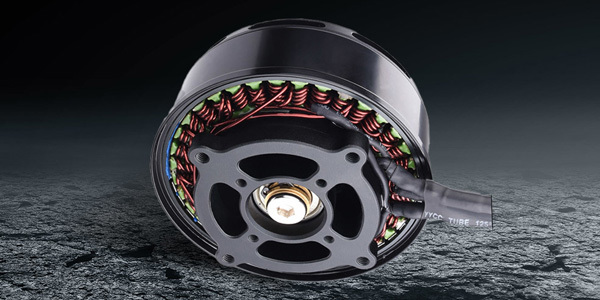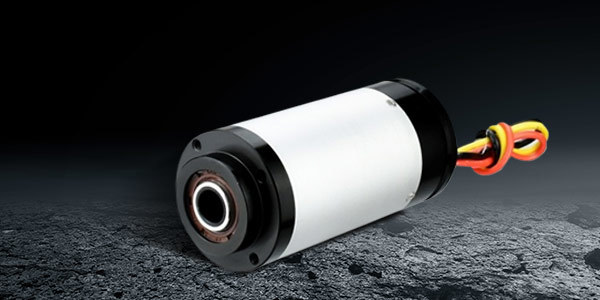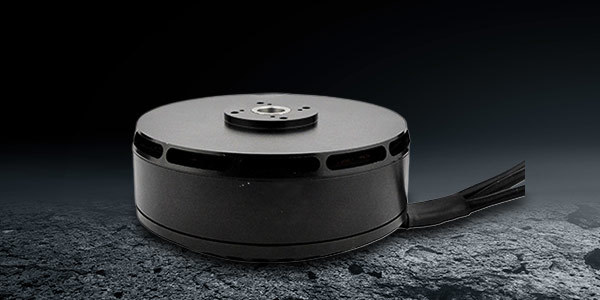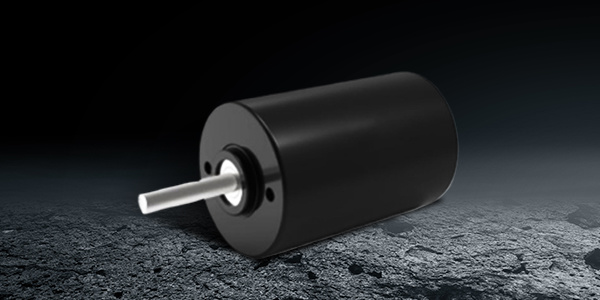Aug 07,2025
Fan Brushless DC Motors: A Comprehensive Guide to Their Working Mechanism
Fan Brushless DC Motors: A Comprehensive Guide to Their Working Mechanism Table of Contents 1. Introduction to Brushless DC Motors 2. Understanding Fan Brushless DC Motors 2.1 Definition and Basic Concepts 2.2 Structure and Components of Fan Brushless DC Motors 2.3 How Fan Brushless DC Motors Work 3. Advantages of Fan Brushless DC
Fan Brushless DC Motors: A Comprehensive Guide to Their Working Mechanism
Table of Contents
- 1. Introduction to Brushless DC Motors
- 2. Understanding Fan Brushless DC Motors
- 2.1 Definition and Basic Concepts
- 2.2 Structure and Components of Fan Brushless DC Motors
- 2.3 How Fan Brushless DC Motors Work
- 3. Advantages of Fan Brushless DC Motors
- 4. Applications of Fan Brushless DC Motors
- 5. Maintenance and Troubleshooting
- 6. Future Trends in Fan Brushless DC Motor Technology
- 7. Conclusion
- 8. FAQs
1. Introduction to Brushless DC Motors
Brushless DC motors (BLDC) have revolutionized the electric motor industry with their efficiency and durability. Unlike traditional brushed motors, BLDC motors do not use brushes for commutation, which significantly reduces wear and tear. This guide aims to delve deep into Fan Brushless DC Motors, breaking down their functionality, advantages, and applications.
2. Understanding Fan Brushless DC Motors
2.1 Definition and Basic Concepts
Fan Brushless DC Motors are a type of electric motor powered by direct current (DC) electricity and designed specifically for fan applications. These motors utilize electronic commutation instead of mechanical commutation, allowing for smoother operation and higher efficiency.
2.2 Structure and Components of Fan Brushless DC Motors
A typical Fan Brushless DC Motor consists of several key components:
- **Stator**: This is the stationary part of the motor, which contains coils of wire that create a magnetic field when energized.
- **Rotor**: The rotor is the rotating component that interacts with the magnetic field produced by the stator. In fan motors, the rotor is often designed to hold the fan blades.
- **Electronic Controller**: This regulates the power supplied to the motor, ensuring smooth operation by controlling the timing and order of the current flowing through the stator.
- **Hall Sensors**: These sensors detect the position of the rotor and provide feedback to the electronic controller, allowing for precise commutation.
2.3 How Fan Brushless DC Motors Work
The operation of Fan Brushless DC Motors hinges on the interaction between the magnetic fields of the stator and rotor. When electric current flows through the stator windings, it creates a magnetic field. The rotor, which is embedded with permanent magnets, reacts to this field, causing it to turn. The electronic controller continuously adjusts the current in the stator windings based on feedback from the Hall sensors, maintaining the rotor's rotation without the use of brushes.
3. Advantages of Fan Brushless DC Motors
Fan Brushless DC Motors offer numerous advantages over their brushed counterparts:
- **Higher Efficiency**: With no brushes to create friction, these motors can operate at higher efficiency levels, translating to lower energy consumption.
- **Longer Lifespan**: The absence of brushes reduces wear and tear, significantly extending the motor's life.
- **Reduced Noise and Vibration**: Brushless motors tend to be quieter and generate less vibration, making them ideal for applications where noise is a concern.
- **Improved Control**: Electronic commutation allows for more precise control over speed and torque, enhancing overall performance.
- **Compact Design**: These motors can be designed to be smaller and lighter, beneficial for portable applications.
4. Applications of Fan Brushless DC Motors
The versatility of Fan Brushless DC Motors allows for their application across various industries:
- **HVAC Systems**: Used in heating, ventilation, and air conditioning units for efficient fan operation.
- **Automotive Industry**: Employed in electric vehicles for cooling systems and propulsion.
- **Consumer Electronics**: Found in computers, refrigerators, and other household appliances for efficient cooling.
- **Medical Equipment**: Utilized in devices such as ventilators and diagnostic equipment requiring precise airflow control.
- **Industrial Automation**: Used in robotics and conveyor systems where reliability and efficiency are paramount.
5. Maintenance and Troubleshooting
While Fan Brushless DC Motors are generally low-maintenance, regular checks can enhance their performance:
- **Inspect Connections**: Ensure all electrical connections are secure and free of corrosion.
- **Monitor Temperature**: Excessive heat can indicate issues; maintain proper cooling to prevent overheating.
- **Clean Regularly**: Dust and debris can impact performance; keep the motor and surrounding area clean.
- **Check for Noise**: Unusual noises can signal mechanical issues; investigate promptly to avoid severe damage.
6. Future Trends in Fan Brushless DC Motor Technology
As technology advances, Fan Brushless DC Motors are set to become even more efficient and versatile:
- **Integration with IoT**: Smart features that allow for remote monitoring and control are becoming more common, enhancing operational efficiency.
- **Enhanced Materials**: The development of new materials may lead to lighter and more efficient motors, improving overall performance.
- **Sustainable Practices**: There is a growing emphasis on environmentally friendly production methods and recyclable materials, aligning with global sustainability efforts.
7. Conclusion
In summary, Fan Brushless DC Motors represent a significant advancement in motor technology. Their unique design and operational advantages make them an essential component in many modern applications. As industries continue to evolve, the demand for efficient, reliable, and durable motors will only increase, solidifying the role of Fan Brushless DC Motors in the future of electric motor technology.
8. FAQs
What is the main advantage of using Fan Brushless DC Motors over traditional motors?
The primary advantage is their higher efficiency and longer lifespan due to the absence of brushes, which reduces friction and wear.
How do I maintain a Fan Brushless DC Motor?
Regular maintenance involves checking electrical connections, monitoring temperature, cleaning the motor, and listening for unusual noises.
In what applications are Fan Brushless DC Motors commonly used?
They are widely used in HVAC systems, automotive applications, consumer electronics, medical equipment, and industrial automation.
What is the role of the electronic controller in a Fan Brushless DC Motor?
The electronic controller regulates the power supplied to the motor, ensuring precise control over speed and torque.
Are Fan Brushless DC Motors environmentally friendly?
Yes, they are often more energy-efficient, which can lead to reduced emissions. Additionally, there is a growing trend toward sustainable manufacturing practices in their production.
Previous: None
Next: Power Tools Series-3375
Latest News

















